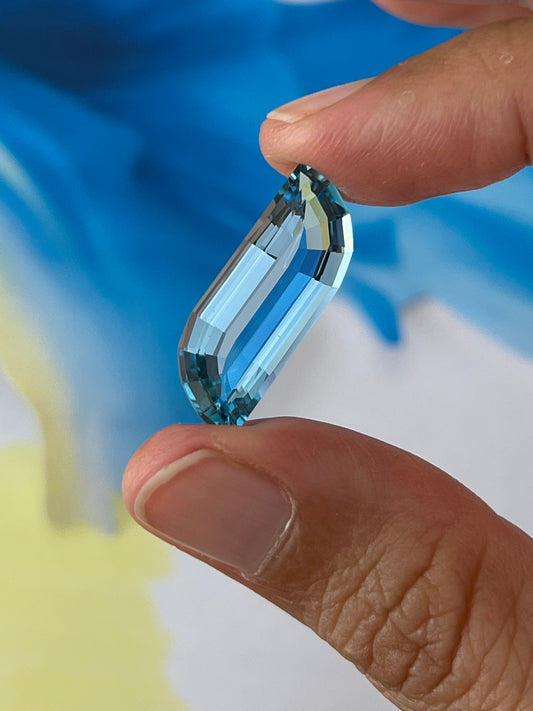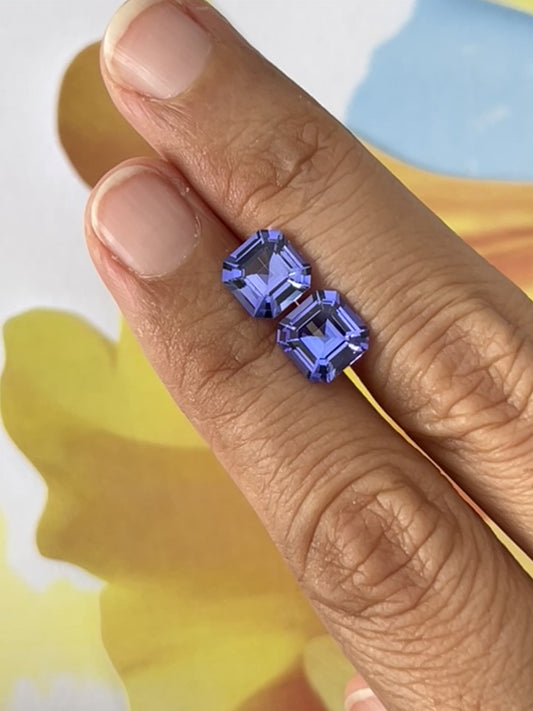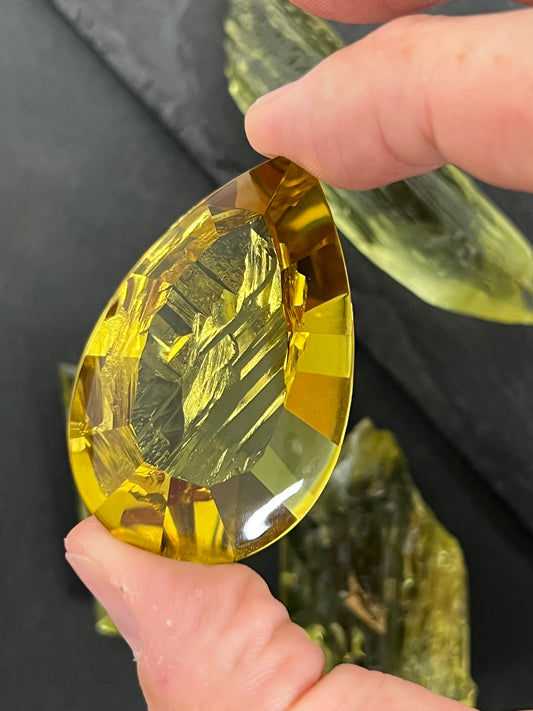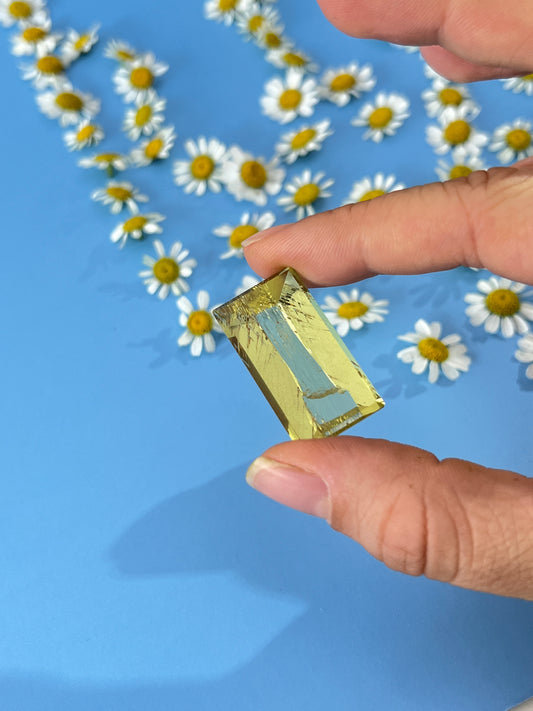3.63 ct Tanzanite #1121024
3.63 ct Tanzanite #1121024
Great news — This pair has been sponsored by Heath London & Christine Strandquist! They’ll make a matching donation up to $3k on the winning bid for this pair. This is a great way to double your donation!
Regular price
$1.00 USD
Regular price
$1.20 USD
Sale price
$1.00 USD
Unit price
per
Estimated Price: $4,000-4,800
Luscious color & incredibly popular shape for this pair of heated tanzanites. Very rare to find a well-matched pair like this. Weighing in at 3.63 cts, these asschers are 7.6 x 7.6 x 4.4 mm. Loupe clean and perfect for a stunning set of earrings.
VAT & Sales Tax
VAT & Sales Tax
The winning bidder is responsible for any applicable VAT or sales tax.
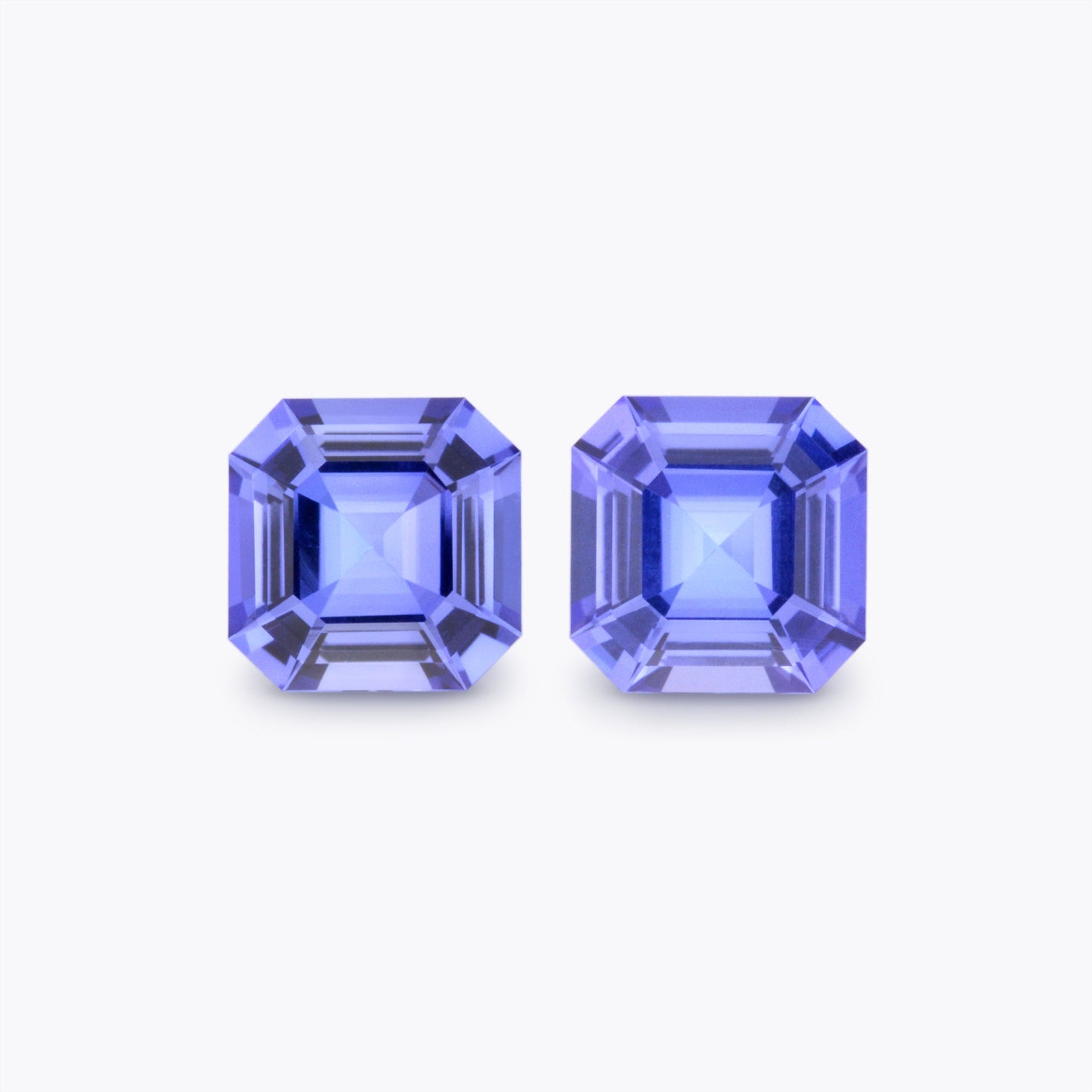
Traceability & Provenance
Level 3 - Trusted Dealer
Merelani Hills, Arusha Region
Tanzania




